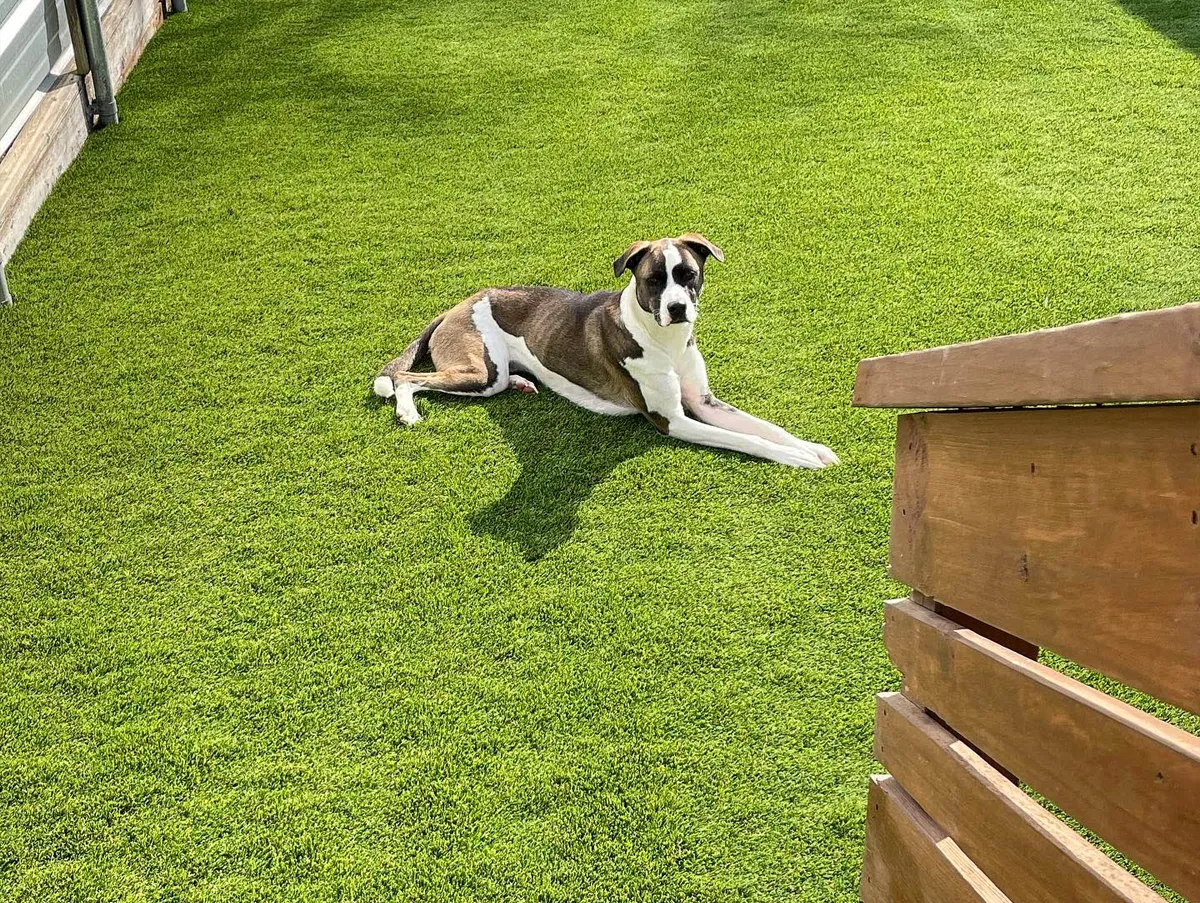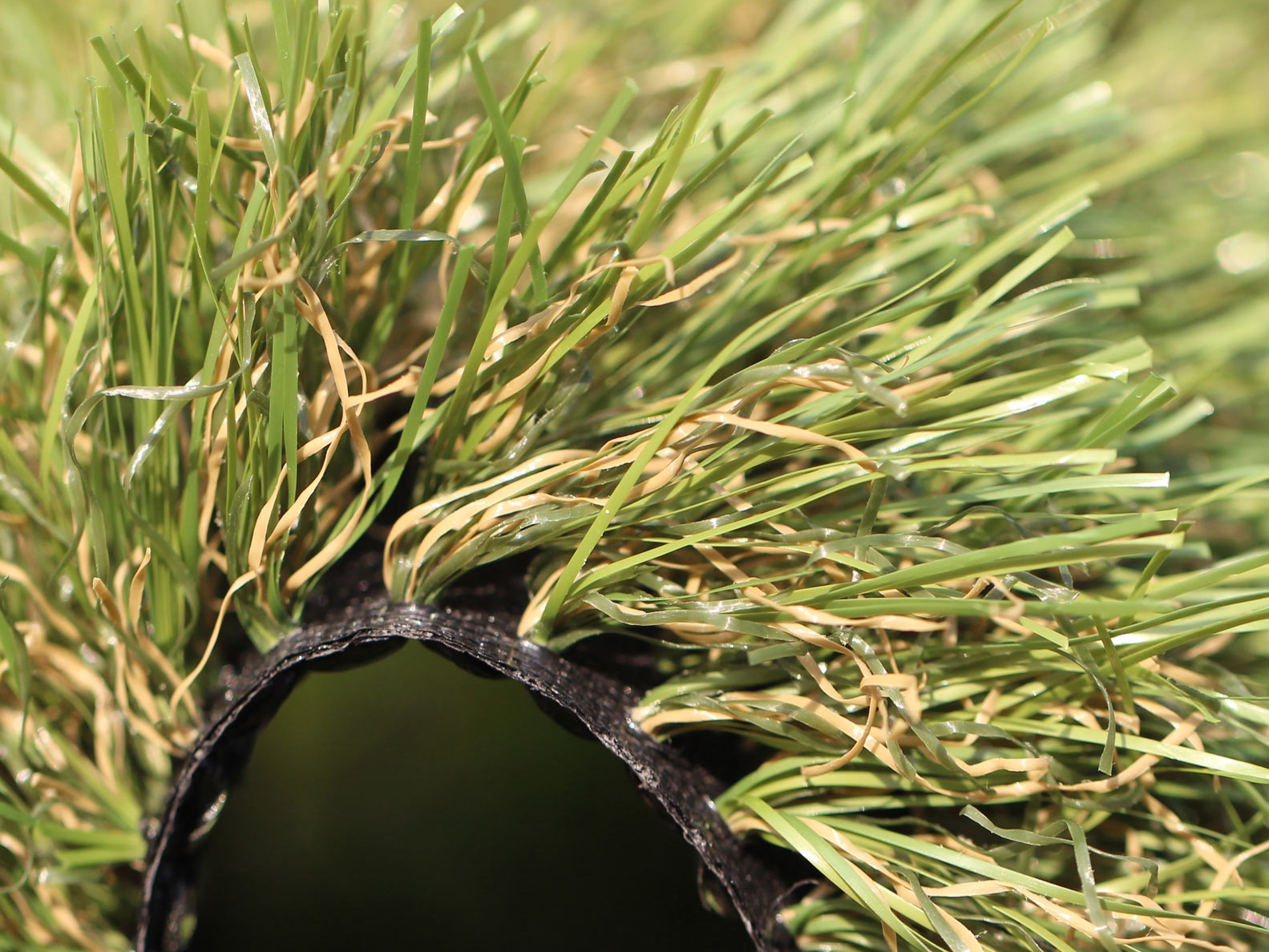Leading Phoenix Turf Companies Delivering Premium Synthetic Lawn Solutions
Leading Phoenix Turf Companies Delivering Premium Synthetic Lawn Solutions
Blog Article
Explore the Environmental Perks of Opting for Artificial Lawn Solutions
The fostering of synthetic grass options provides an engaging chance to attend to pushing ecological difficulties. By substantially minimizing water usage and reducing the application of dangerous chemicals, these options not only promote lasting landscape design however additionally secure regional environments. The lower carbon impact connected with decreased upkeep activities adds to a much more sustainable strategy to land administration. The effects of these benefits expand beyond simple conservation efforts, elevating questions concerning their long-term effect on environment preservation and general ecological equilibrium. Discovering these dimensions discloses a complicated interaction worth taking into consideration.
Water Preservation Conveniences
One of the most substantial benefits of man-made grass is its capability to save water. In contrast, artificial lawn does not require watering, significantly minimizing the general demand for water resources.
By eliminating the demand for regular watering, synthetic grass contributes to lasting landscape techniques and helps alleviate the ecological impact of extreme water intake. The conservation of water expands to the reduction of overflow, which can lead to dirt erosion and river air pollution.
In addition, the installation of synthetic grass allows communities and home owners to designate water sources a lot more successfully, concentrating on essential uses such as drinking water and agriculture. The shift towards artificial turf not only promotes responsible water usage however additionally straightens with broader ecological objectives focused on maintaining natural deposits.
As communities increasingly prioritize sustainability, the water preservation benefits of synthetic grass present a compelling instance for its fostering in household and industrial landscaping tasks.
Lowered Chemical Usage
The transition to synthetic grass dramatically lowers the reliance on chemical therapies generally utilized in all-natural turf upkeep. Traditional turf monitoring typically entails the application of herbicides, plant foods, and pesticides to advertise growth and control parasites. These chemicals can position threats to human health and wellness, local wild animals, and the environment, adding to soil and water contamination.
In comparison, artificial grass eliminates the requirement for these unsafe substances. By minimizing the release of synthetic compounds into the environment, fabricated lawn promotes healthier dirt and water systems.
Moreover, the absence of chemical runoff related to man-made lawn installments helps protect local rivers from air pollution, supporting marine life and maintaining biodiversity. Arizona artificial turf. As communities increasingly prioritize sustainable methods, deciding for synthetic grass presents a practical service that lines up with environmental preservation objectives. With this shift, residential or commercial property owners can delight in lush green areas without compromising ecological wellness, leading the way for a more lasting future
Lower Carbon Impact

Moreover, the installment of synthetic grass can cause substantial water preservation. Natural yards call for considerable amounts of water for watering, which not just contributes to the carbon footprint related to water removal and treatment but likewise strains regional water sources. In contrast, synthetic grass needs very little upkeep, needing no watering, therefore significantly decreasing water use and its linked power costs.
Additionally, the durability of synthetic grass adds to its lower carbon influence. With a lifespan of up to 15 years or more, the need for frequent replacements is decreased, leading to less waste and lower energy intake in production and taking care of traditional grass alternatives. Overall, synthetic grass offers a lasting alternative for eco aware landscape design.
Habitat Conservation
Habitat preservation is a crucial consideration in the debate over landscape design options, especially when comparing artificial lawn to natural turf. All-natural lawn lawns typically require extensive maintenance, consisting of making use of fertilizers, chemicals, and herbicides, which can detrimentally affect local communities. These chemicals can seep into the dirt and waterways, damaging native vegetation and fauna and interfering with regional environments.
In comparison, synthetic turf offers a possibility to minimize the environmental impact of landscaping. By selecting artificial turf, homeowners can decrease the interruption of natural habitats related to traditional lawn treatment practices. Synthetic grass removes the demand for unsafe chemicals, thereby protecting nearby wild animals and maintaining the integrity of surrounding communities. The installation of synthetic grass can lead to the conversion important link of former turf locations right into even more biodiverse landscapes, such as pollinator yards or indigenous plant areas, which can sustain regional wild animals.
Ultimately, the transition to synthetic grass not only saves water and minimizes upkeep initiatives yet also promotes an extra unified partnership in between human activities and the native environment, promoting environment conservation in the process.
Long-Term Sustainability
Long-lasting sustainability is a crucial variable in reviewing the benefits of synthetic grass over conventional turf lawns. One of one of the most substantial advantages of synthetic grass is its sturdiness; it can last as much as 15-20 years with minimal upkeep, whereas all-natural turf needs constant reseeding and replacement. This durability reduces the demand for continuous resources, such as water, fertilizers, and chemicals, which are important for maintaining a healthy yard lawn.
In addition, synthetic grass adds to a reduction in carbon discharges linked with yard treatment devices. Typical yards often need gas-powered lawn mowers, trimmers, and blowers, all of which add to air pollution. Phoenix turf companies. In contrast, synthetic grass removes the need for such devices, advertising a cleaner atmosphere
Furthermore, you can check here the production of synthetic grass progressively additional info utilizes recycled materials, boosting its sustainability profile. As suppliers adopt eco-friendly methods, the environmental footprint of synthetic grass remains to decrease.

Conclusion
The adoption of synthetic grass remedies offers substantial ecological benefits, consisting of considerable water conservation, decreased reliance on unsafe chemicals, and a reduced carbon impact. In addition, artificial lawn help in maintaining all-natural habitats by reducing land disturbance and advertising long-lasting sustainability with the use of durable products. Jointly, these aspects highlight the capacity of synthetic grass to contribute favorably to environmental health and supply a feasible alternative to typical landscape design methods in a progressively resource-conscious world.
In comparison, fabricated grass does not need watering, significantly reducing the total need for water sources. By decreasing the launch of synthetic compounds right into the ecological community, fabricated turf advertises much healthier soil and water systems.
In addition, the setup of artificial grass can result in substantial water preservation. In contrast, man-made lawn needs very little upkeep, needing no watering, therefore substantially reducing water usage and its linked energy expenses.

Report this page